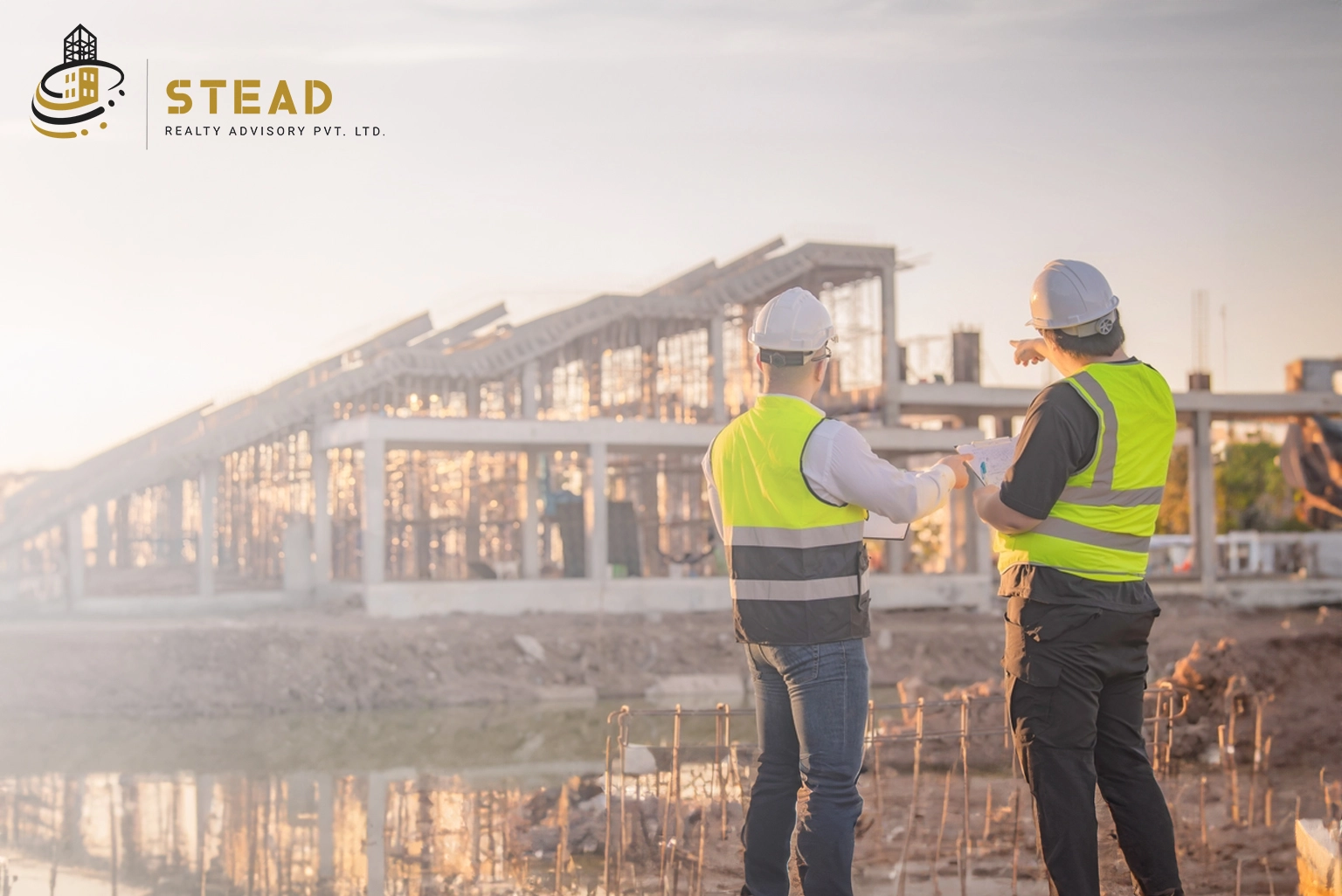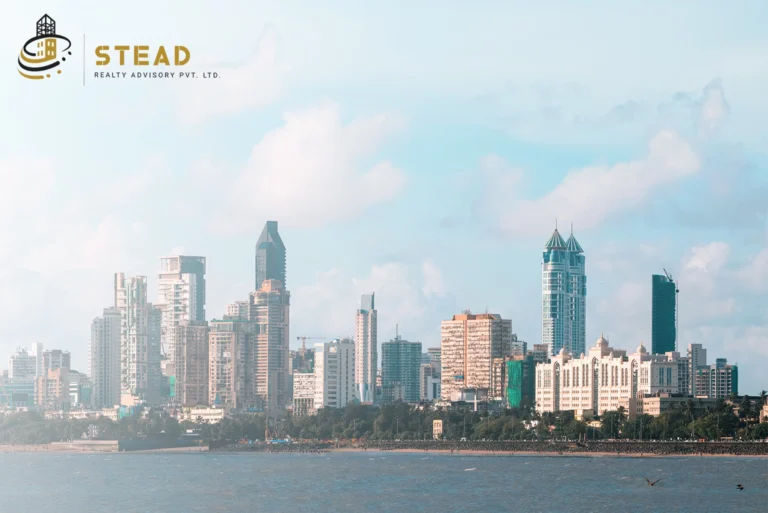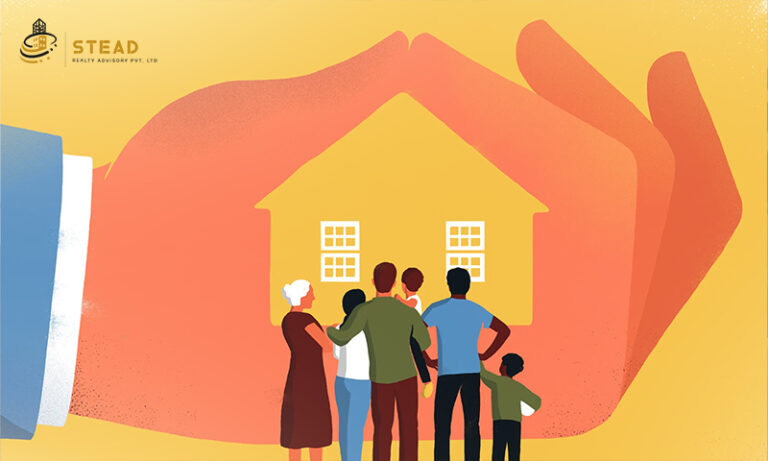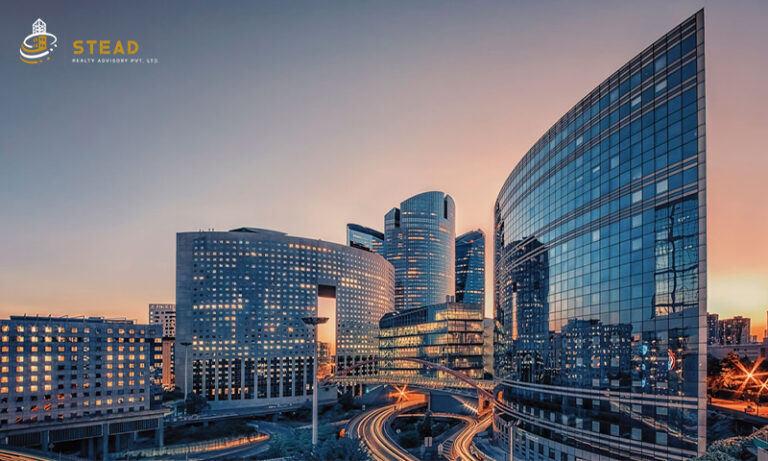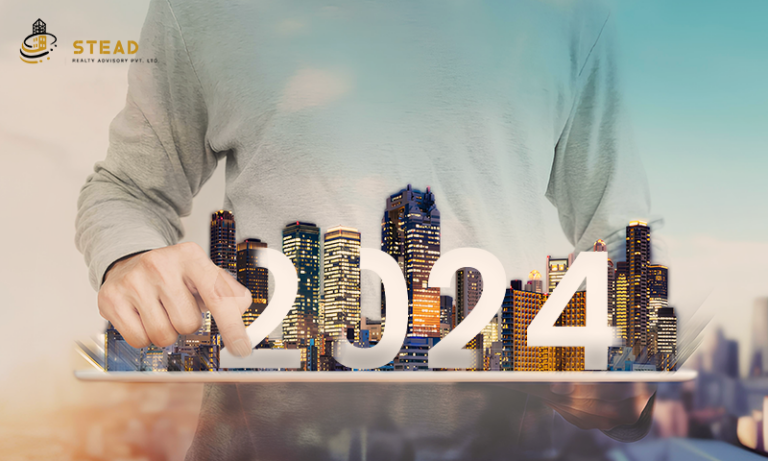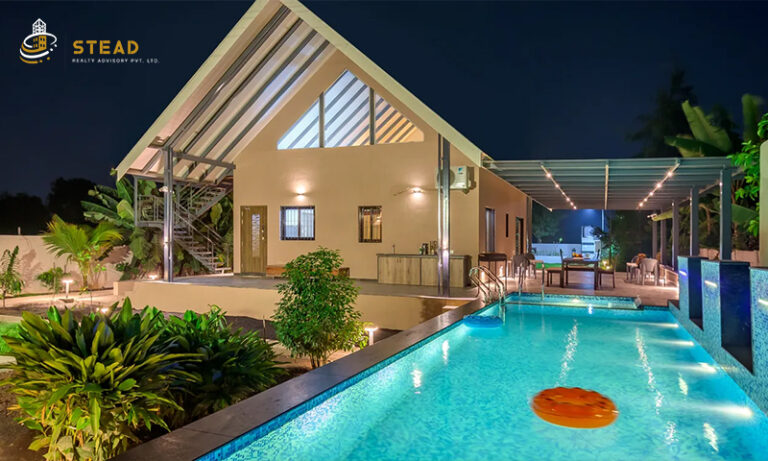Cost-Effective Construction Techniques for Developers in Mumbai
Mumbai, a busy metropolis, is witnessing a surge in real estate development in the recent days. With the demand for housing and commercial spaces rising, developers are under immense pressure to deliver quality projects at competitive prices.
One of the key factors influencing profitability in the real estate sector is construction costs. By adopting innovative and cost-effective construction techniques and consulting real estate advisory services, developers can enhance their bottom line while ensuring the delivery of high-quality projects.
- Prefabrication:
Prefabrication is a construction method where components or entire sections of a building are manufactured in a controlled factory setting, often far from the final construction site. This technique offers several advantages, including:
- Reduced construction time: Prefabricated components are produced in parallel, significantly reducing the overall construction timeline.
- Improved quality control: Manufacturing in a controlled environment ensures consistent quality and minimizes errors.
- Enhanced safety: Prefabrication reduces the number of workers on-site, improving safety and reducing the risk of accidents.
- Cost savings: Prefabrication can lead to cost savings due to reduced labor costs, material waste, and construction time.
- Modular Construction:
Modular construction involves building entire sections of a building off-site and transporting them to the construction site for assembly. This method offers similar benefits to prefabrication, such as:
- Faster construction: Modular units can be assembled quickly on-site, reducing the overall project timeline.
- Improved quality: Modular units are built in controlled environments, ensuring high-quality standards.
- Enhanced safety: Fewer workers are required on-site, improving safety and reducing the risk of accidents.
- Cost savings: Modular construction can lead to cost savings due to reduced labor costs, material waste, and construction time.
- Building Information Modeling (BIM):
BIM is a digital representation of a building project that allows architects, engineers, and contractors to collaborate and visualize the design and construction process. BIM offers several benefits, including:
- Improved design coordination: BIM helps identify and resolve conflicts in the design process early on, reducing rework and delays.
- Enhanced project management: BIM provides a centralized platform for project management, improving communication and coordination among team members.
- Cost savings: BIM can help identify potential cost-saving opportunities and optimize material usage, reducing overall construction costs.
- Sustainable Construction Practices:
Adopting sustainable construction practices can not only reduce costs but also improve the environmental performance of buildings. Some sustainable construction techniques include:
- Energy-efficient design: Incorporating energy-efficient features such as solar panels, LED lighting, and efficient HVAC systems can reduce energy consumption and operating costs.
- Water conservation: Implementing water-saving measures such as rainwater harvesting, low-flow fixtures, and xeriscaping can reduce water consumption and utility costs.
- Material efficiency: Using recycled materials and minimizing waste can reduce material costs and environmental impact.
- Lean Construction:
Lean construction is a philosophy that focuses on eliminating waste and improving efficiency in the construction process. Some lean construction principles include:
- Just-in-time delivery: Delivering materials and components to the construction site only when needed can reduce inventory costs and storage space.
- Continuous improvement: Implementing a culture of continuous improvement can help identify and eliminate waste, improve quality, and reduce costs.
- Visual management: Using visual tools such as Kanban boards and daily stand-up meetings can improve communication and accountability.
By adopting innovative and cost-effective construction techniques, developers in Mumbai can enhance their profitability and deliver high-quality projects. Prefabrication, modular construction, BIM, sustainable practices, and lean construction are just a few of the strategies that can help reduce costs, improve efficiency, and ensure project success. By embracing these techniques, developers can stay ahead of the competition and thrive in the dynamic Mumbai real estate market. Connect with Stead Realty Advisory for more such real estate development related advices!

